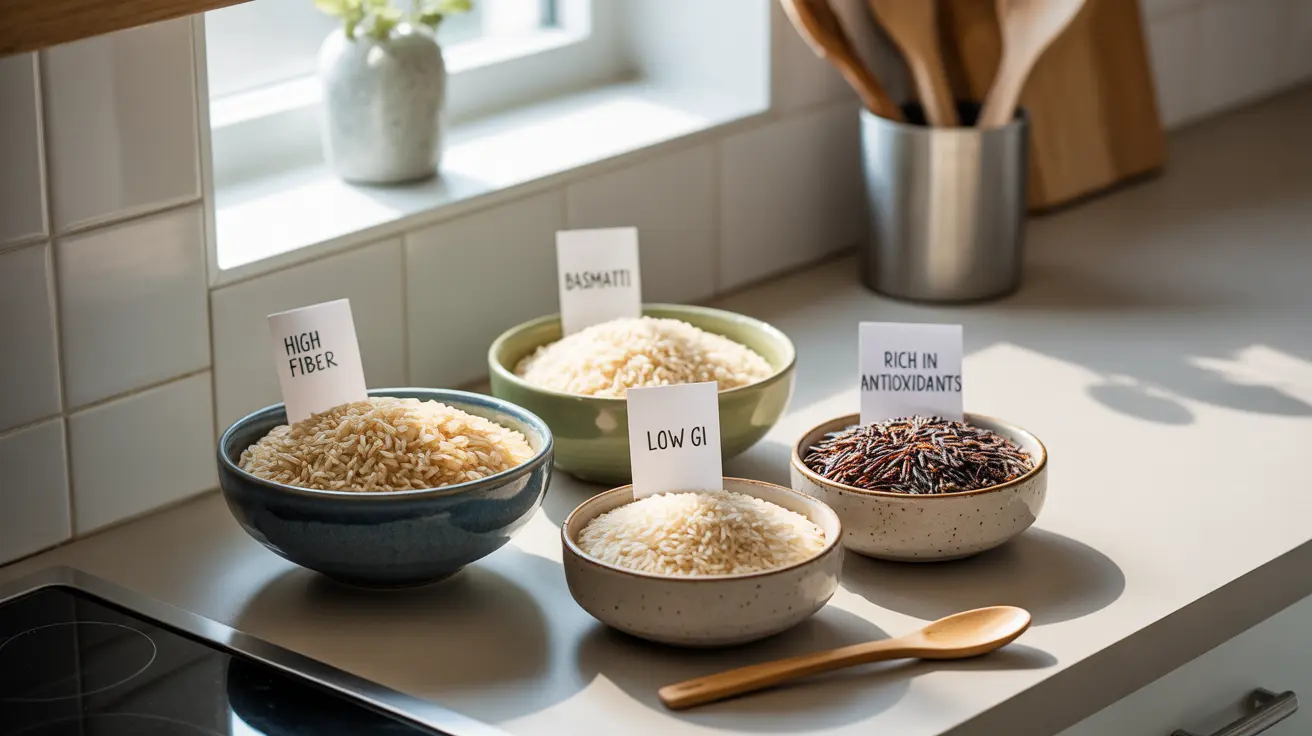Managing diabetes requires careful attention to food choices, and rice is a staple that often raises questions for those monitoring their blood sugar. Understanding which types of rice are most suitable for people with diabetes can make a significant difference in maintaining stable blood glucose levels while still enjoying this versatile grain.
In this comprehensive guide, we'll explore the best rice options for people with diabetes, examining how different varieties affect blood sugar and providing practical tips for incorporating rice into a diabetes-friendly diet.
Understanding the Glycemic Impact of Different Rice Types
Different varieties of rice can have varying effects on blood sugar levels due to their unique compositions and processing methods. The glycemic index (GI) of rice plays a crucial role in determining its impact on blood glucose.
Brown Rice: A Nutrient-Rich Option
Brown rice stands out as a beneficial choice for people with diabetes due to its higher fiber content and lower glycemic index compared to white rice. The presence of the bran and germ layers means it takes longer to digest, resulting in a more gradual rise in blood sugar levels.
- Higher fiber content (3.5g per cup)
- More nutrients and minerals
- Lower glycemic index (around 50)
- Better blood sugar control
Basmati Rice: A Smart Alternative
Basmati rice, particularly the brown variety, offers several advantages for people with diabetes. Its unique composition and longer grain structure contribute to a lower glycemic index compared to standard white rice varieties.
- Lower glycemic index than regular white rice
- Pleasant aroma and taste
- Better portion control due to its filling nature
- Available in both brown and white varieties
Portion Control and Preparation Methods
The way rice is prepared and served can significantly impact its effect on blood sugar levels. Smart portion control and proper preparation techniques are essential for people with diabetes.
Recommended Serving Sizes
For people with diabetes, limiting rice portions is crucial. A typical serving should be:
- 1/3 to 1/2 cup of cooked rice per meal
- Measured after cooking
- Part of a balanced plate with proteins and vegetables
Preparation Tips for Better Blood Sugar Control
The cooking method can affect how rice impacts blood sugar levels. Consider these preparation strategies:
- Rinse rice thoroughly before cooking to remove excess starch
- Cook and cool rice before eating to increase resistant starch
- Pair with protein and fiber-rich vegetables
- Add healthy fats to slow digestion
Frequently Asked Questions
What types of rice are best for managing blood sugar in people with diabetes?
Brown rice, basmati rice, and wild rice are among the best choices for people with diabetes due to their lower glycemic index and higher fiber content.How does brown rice compare to white rice for blood sugar control in diabetes?
Brown rice is superior to white rice for blood sugar control because it contains more fiber, has a lower glycemic index, and provides slower, more steady glucose release into the bloodstream.Can eating smaller portions of rice help reduce blood sugar spikes for diabetics?
Yes, controlling portion sizes is crucial for managing blood sugar levels. Limiting rice servings to 1/3 to 1/2 cup per meal can help prevent significant blood sugar spikes.Is basmati rice a good choice for people with diabetes, and why?
Yes, basmati rice is a good choice because it has a lower glycemic index than regular white rice. Brown basmati rice is particularly beneficial due to its additional fiber content.How should rice be prepared or combined with other foods to minimize its impact on blood sugar?
Rice should be rinsed before cooking, paired with proteins and vegetables, and potentially cooled before eating. Adding healthy fats and fiber-rich foods can help slow digestion and reduce blood sugar impact.




